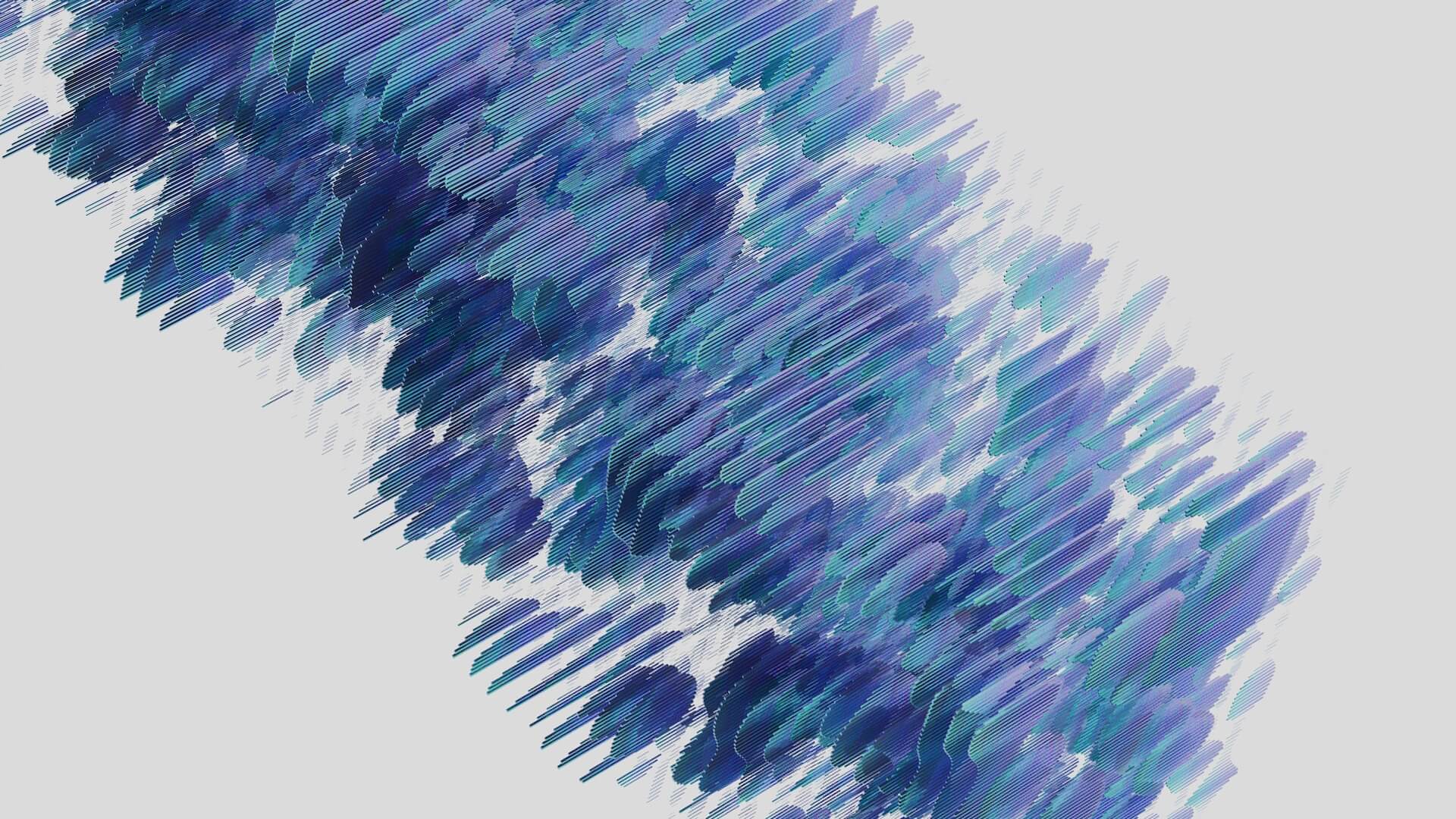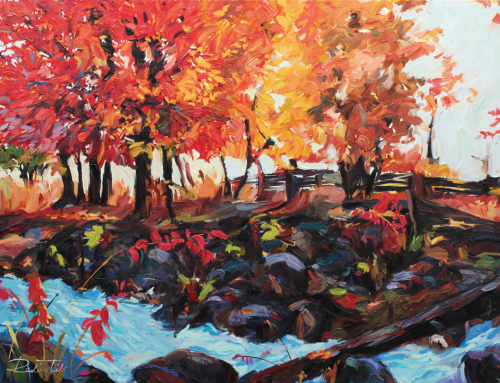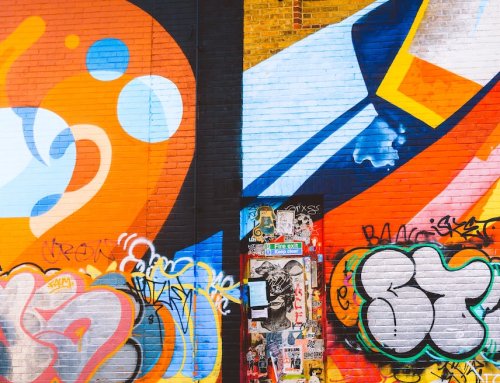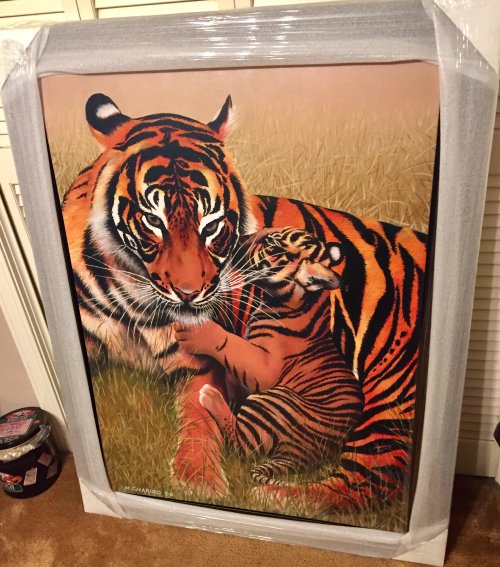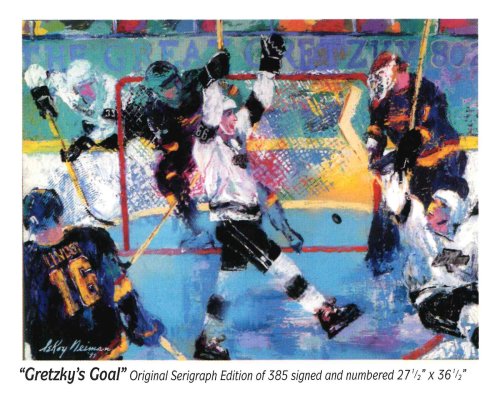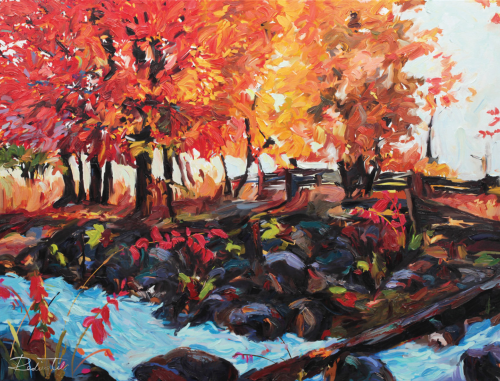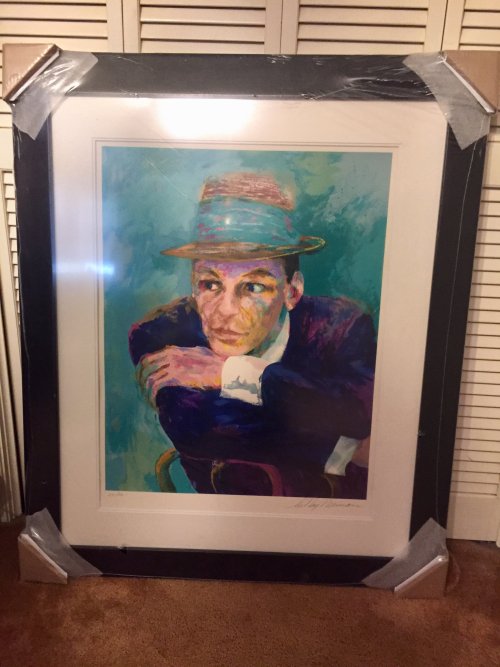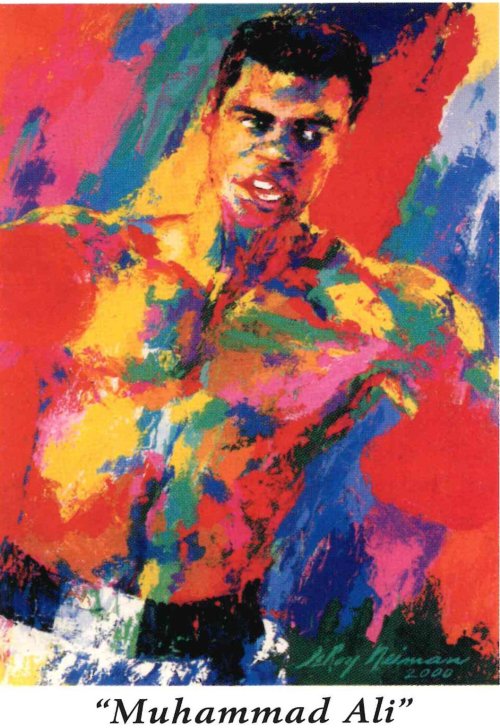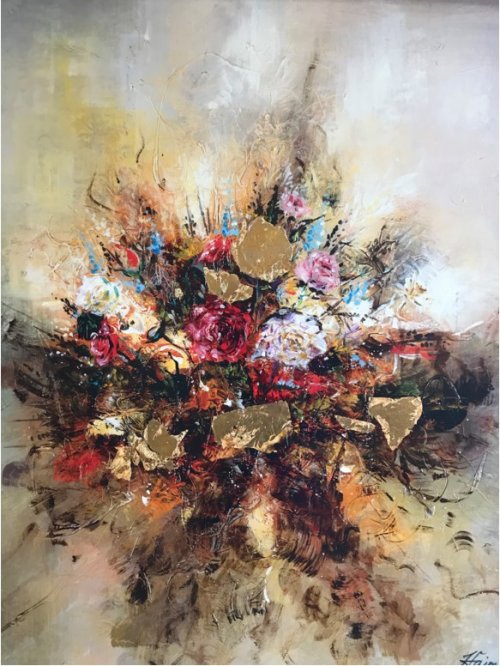Today, the art world finds itself at an unprecedented intersection with innovation. Artificial Intelligence (AI) has rapidly moved beyond mere automation; it has brought about a new era in art history where AI-generated art blurs the lines between computation and creativity.
This blog aims to traverse the landscape of AI art, exploring its origins, delving into the impact AI image generators have on the art industry, questioning its position alongside human creativity, and discussing its potential benefits and challenges.
Unveiling AI Art: A Creative Revolution
At its core, AI-generated art is a product of machine learning algorithms that autonomously create visual pieces. These algorithms analyze vast datasets of images and learn patterns, enabling them to generate images that often blurs the line between the human and the digital.
Within this context, what we refer to as art is AI image generation, where the AI autonomously creates images based on a given input or data set, and style transfer. It can imitate famous art styles, producing pieces that pay homage to renowned artists like Van Gogh, Picasso, or even create entirely new styles that stretch the boundaries of traditional art.
The accessibility of AI art has surged with the emergence of AI art generator app technology and tools. These user-friendly platforms enable individuals, even those without artistic backgrounds, to experiment with AI art generators and create images and their own artworks. These apps empower users to become creators, generating unique visuals that may have been impossible for them to create using traditional means.
One of the most intriguing aspects of AI-generated art is its capacity to create intricate and diverse images. AI algorithms can seamlessly blend various styles and elements, producing compositions that captivate the eye and spark the imagination. From ethereal landscapes to surreal portraits, AI-generated images can evoke emotions and stories that resonate with viewers.
The Human-AI Dynamic: Does AI Create Art or Simply Images?
The emergence of AI art has ignited a passionate debate over its authenticity as “real” art. Traditionalists argue that true art is a product of human emotions, experiences, and consciousness—elements that AI lacks. The idea that machines can create AI art challenges the very definition of creativity and raises questions about what constitutes genuine artistic expression.
That being said, the AI art enthusiasts argue that generating images creatively is not solely the domain of human beings. AI models have demonstrated an ability to generate innovative visuals that push the boundaries of traditional aesthetics. AI-generated art challenges the conventional notions of authorship and the creative process, expanding our understanding of what art can be.
Perspectives on AI art are divided. Advocates view AI-generated art as a reflection of human innovation. They believe that AI, as a tool, extends the possibilities of visual art, fostering new forms of expression that bridge the gap between technology and imagination. On the other hand, skeptics argue that true creativity must involve human consciousness and emotions.
The integration of AI technology into the artistic landscape is propelling the evolution of art itself. As AI-generated art continues to evolve, so does our perception of creativity. This evolution prompts us to question and redefine the boundaries of art, broadening its horizons and pushing the limits of human imagination.
The Rise of AI Art: Will It Replace Human Art?
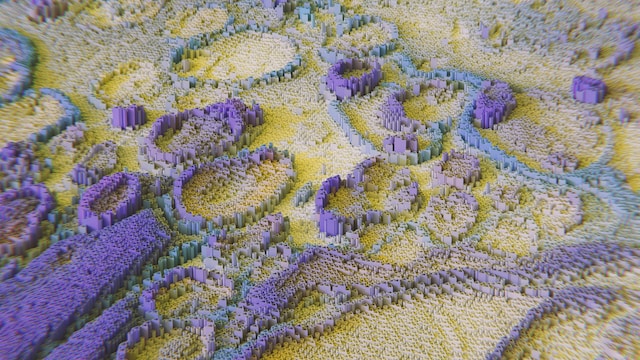
Amid the rise of AI art, concerns loom that it might eventually replace human-created art. The fear stems from the notion that AI algorithms, driven by data and patterns, could churn out artworks at an unprecedented pace, potentially saturating the art world with machine-generated creations.
A closer examination reveals that AI art doesn’t threaten to replace human creativity; instead, it adds a new layer of complexity to the artistic landscape. While AI can excel at tasks that involve pattern recognition and data analysis, it struggles to replicate the emotional depth, complex conceptualization, and intuitive decision-making that define human artistic expression. Therefore, rather than a replacement, the art world is fast approaching a place of coexistence between AI and human art.
AI as a Tool for Artists: Enhancing Creativity
AI tools serve as catalysts for human artists, particularly in overcoming creative blocks. When artists face creative stagnation, AI algorithms can provide fresh perspectives and ideas, reigniting their creativity and pushing them to explore new artistic directions.
The ability to process immense amounts of data allows AI to generate unique combinations of style, subject matter, and composition. Artists can draw inspiration from these unconventional combinations, infusing their works with fresh ideas and unexpected narratives. This type of collaboration between human artistry and AI art tools has the potential to inspire human us in different ways, spark innovation, and expand artistic horizons.
Challenges and Controversies: The Dark Side of AI Art
Alongside its intriguing potential, the rise of AI art brings forth a range of ethical considerations. One of the major concerns revolves around copyright and ownership. When an AI image generator creates art based on copyrighted images, questions arise about the originality and legality of the resulting artworks.
AI’s creative process is heavily influenced by the data it’s trained on. This also introduces the risk of bias, as AI-generated art might inadvertently reflect the biases present in the training data. Ensuring fair representation and diversity in AI art may also be a challenge.
There are also concerns about AI art’s potential impact on human artists. While AI can assist and enhance the creative process, it also raises questions about the future of employment for human artists and the shifting dynamics of the art industry.
Navigating the Future: Human-AI Collaboration
The future of AI art is a blend of immense potential and the responsibility to use technology ethically and responsibly. The art world will continue to evolve as AI technology advances, posing new challenges and opportunities.
Collaboration between human artists and AI algorithms is poised to shape the future of art. AI can serve as a powerful tool that augments human creativity, leading to the creation of artistic expressions that transcend traditional boundaries. It also has the potential to render human artists obsolete in a commercial sense.
Responsible integration of AI in art will need to involve thoughtful consideration of all its implications. Striking the right balance between AI assistance and human creativity is necessary to ensure that AI serves as a tool that empowers artists and fostered artistic growth.
Newport Brushstrokes: Embracing Tradition and Innovation
As we navigate this changing world of technological advancement, Newport Brushstrokes remains steadfast in its belief in the enduring value of human artistic expression and art history. While AI art captivates with its innovation, it’s important to honour the legacy of centuries of human creativity as well as value the human art of today and tomorrow.
With our platform, which offers the ability to sell artwork online, artists can continue their artistic journey while embracing the rich tapestry of human ingenuity. In a world where technology and tradition harmonize, Newport Brushstrokes invites artists and art enthusiasts alike to celebrate both the transformative potential of AI and the timeless brilliance of human creativity.

